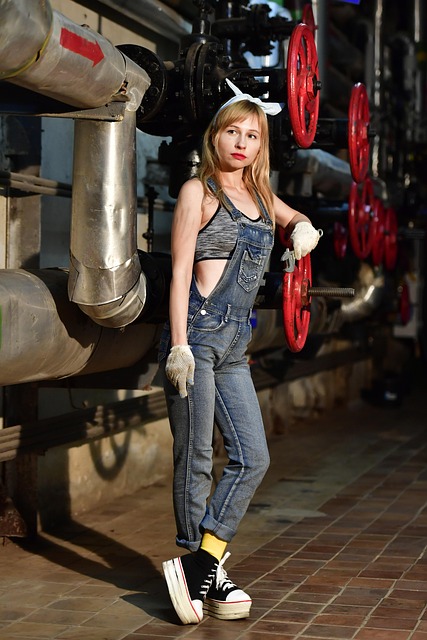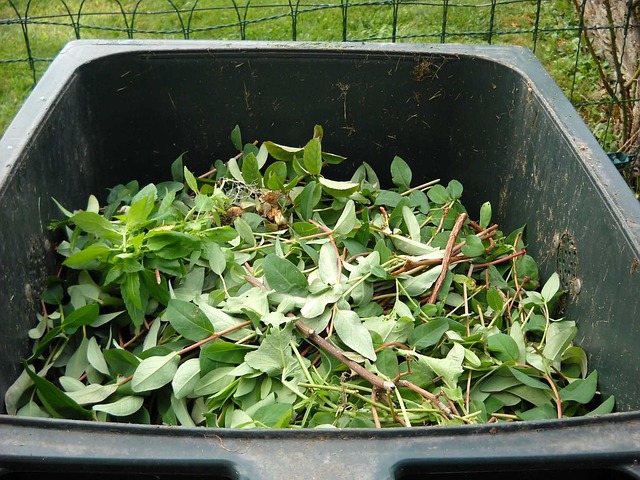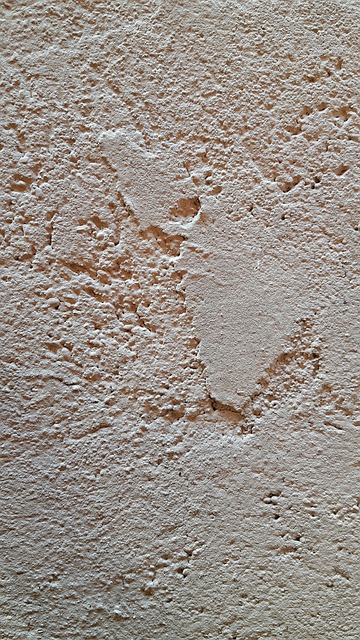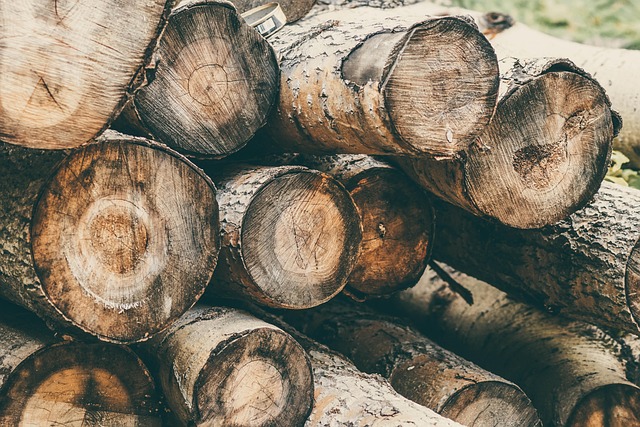Proper preparation of beam surfaces, including cleaning and sanding, is key for optimal adhesion when using glue in Glue Laminated Beam (GLB) construction. Selecting suitable adhesives that withstand loads, resist moisture, and adapt to temperature variations ensures structural integrity, durability, and eco-friendly benefits. Uniform application with notched trowels, precise pressure, and timed applications enhance bonding strength. Meticulous cleanup and quality checks post-gluing are vital for achieving top GLB results in modern architecture projects.
Efficient glue application on beams is crucial for structural integrity in construction projects. This article offers top tips to ensure optimal results when using glue on laminated beams, a common practice in modern building. From preparing beam surfaces for enhanced adhesion to choosing the right glue and applying it uniformly, each step matters. We’ll guide you through the process, focusing on pressure, time, and clean-up, ensuring your glued laminated beams meet the highest quality standards.
- Prepare Beam Surfaces for Optimal Adhesion
- Choose the Right Glue for Laminated Beams
- Apply Glue Uniformly for Even Bonding
- Pressure and Time: The Perfect Blend
- Clean Up and Quality Assurance Checks
Prepare Beam Surfaces for Optimal Adhesion
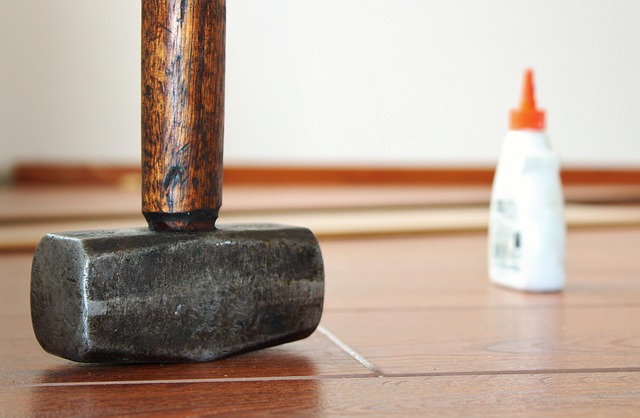
Before applying glue to laminated beams, ensuring proper preparation of beam surfaces is paramount for achieving optimal adhesion. This involves a meticulous cleaning process to remove any debris, grease, or dust that might hinder the bonding agent’s effectiveness. A suitable degreaser or cleaner specifically designed for wood products should be used to achieve this. Additionally, sanding the beam surfaces gently can help create a rough texture, increasing surface area and promoting better glue adherence.
For those looking to incorporate glue-laminated beams into their construction projects, preparing the surfaces correctly is a crucial step. Not only does it guarantee stronger connections but also contributes to the overall structural integrity of prefab glulam beam systems. If you’re considering purchasing glulam beams online or exploring ways to reduce material costs with glulam, remember that giving us a call at (607) 369-9341 can provide valuable insights tailored to your specific needs.
Choose the Right Glue for Laminated Beams

When considering glue application for laminated beams, selecting the appropriate adhesive is paramount to ensure structural integrity and durability. Glue laminated beams, also known as glulam, are engineered wood products that demand specific bonding agents to withstand significant loads. The right glue must possess excellent adhesion, strength, and resistance to environmental factors like moisture and temperature variations.
Choosing the correct adhesive not only guarantees the safety of your structure but also contributes to its longevity and sustainability. In the realm of building construction methods, glulam has emerged as a game-changer in eco-friendly design, offering both structural efficiency and reduced environmental impact. For instance, by visiting us at 18 Clifton St, Unadilla, NY 13849 anytime, you can explore how these innovative materials are reshaping the industry while ensuring robust connections through suitable glue applications.
Apply Glue Uniformly for Even Bonding
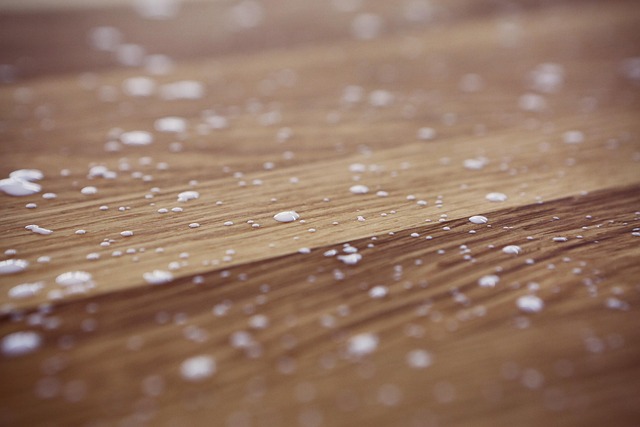
For optimal bonding and structural integrity when using glue laminated beams, uniform application is key. Even distribution ensures each area of the beam comes into contact with an equal amount of adhesive, promoting consistent strength throughout the joined segments. To achieve this, use a notched trowel or similar tool to apply the glue along the entire length of the joint line, filling any gaps or irregularities. This meticulous approach, often combined with gentle pressure during assembly, maximizes the glue laminating beams uses for a solid connection.
Remember that understanding how do glue laminated beams work and glulam beam joining techniques are crucial aspects of successful construction. Proper glulam beam design considerations, including the selection of suitable adhesives and preparation of surfaces, further enhance the overall strength and durability of these engineered wood products. For in-depth insights on these topics and more, find us at unalam.com.
Pressure and Time: The Perfect Blend
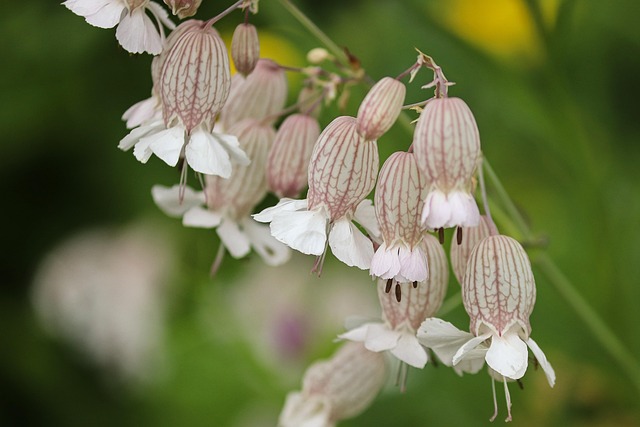
When applying glue to laminated beams for structural uses, understanding the delicate balance between pressure and time is paramount. The successful integration of glulam beam applications relies on precise manipulation of these factors to ensure robust bonds that align with green building certifications. Exerting consistent pressure during the bonding process, over an optimal timeframe, guarantees the maximum efficacy of the adhesive, enhancing the overall strength and longevity of the constructed elements.
This meticulous approach not only ensures structural integrity but also contributes to cost-effective glulam solutions in sustainable building materials. By investing time and exerting the right amount of pressure, builders can achieve exceptional results that stand the test of time, making each project a testament to precision engineering. Visit us at unalam.com to explore more about these innovative building techniques.
Clean Up and Quality Assurance Checks
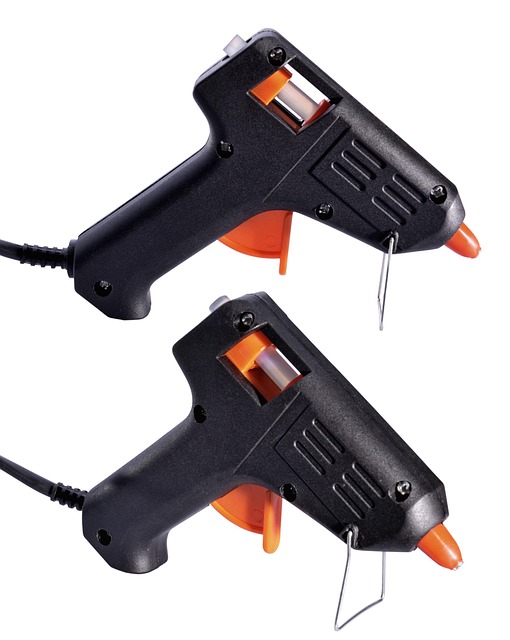
After completing the gluing process, meticulous cleanup and quality assurance checks are essential for ensuring optimal results with glue laminated beams. Start by removing any excess glue with clean tools, such as knives or scrapers, taking care not to damage the beam surface. Next, inspect the joined edges for gaps or uneven application, addressing these issues promptly with touch-up materials suitable for the specific glulam beam joining techniques used.
Regular quality checks throughout the fabrication process are crucial, and these shouldn’t stop after gluing. Beams destined for modern architecture projects require meticulous attention to detail to meet stringent construction standards. If you’re looking for reliable glulam beam fabrication services, consider reaching out to professionals who can guarantee high-quality products and precise measurements. Find us at 18 Clifton St, Unadilla, NY 13849 for expert guidance on your next project.
Efficient glue application on beams involves a multi-step process, from preparing beam surfaces for optimal adhesion to choosing the right glue for laminated beams and applying it uniformly. Mastering pressure and time, along with meticulous cleanup and quality checks, ensures strong, durable bonds. By following these top tips, you can optimize the use of glue in laminating beams, guaranteeing structural integrity and long-lasting performance.


